Planting garlic in spring
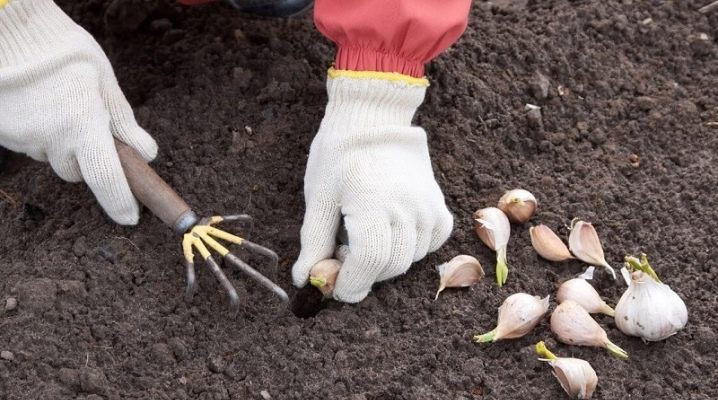
Much is known about the benefits of garlic. It is a source of vitamins that strengthen the immune system, destroy germs and have a positive effect on the health of the entire body. It is advisable to eat the plant regularly, but measuredly.
The spice popular all over the world is used for preparing hot and cold dishes, snacks, marinades and more. So that fresh garlic is always at hand, most gardeners grow it on their land plots.
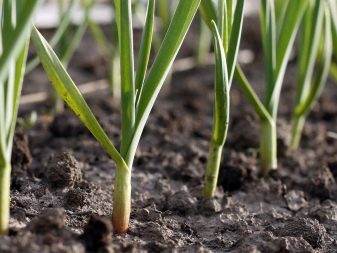
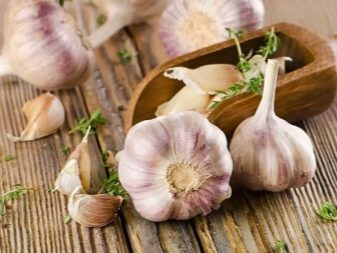
Peculiarities
Before growing this plant, you need to know the features of its planting and care. Planting garlic in spring has its advantages and disadvantages, which tell about the peculiarities of this process. Pros:
- teeth planted with the arrival of spring will grow in 3-4 months - this time will be quite enough for a full-fledged head to form;
- garlic gains innate resistance to pests and most diseases;
- seedlings grow amicably, since the possibility of frost is minimized, and the soil is already warmed up enough;
- the harvested crop will be stored for 1 to 2 years at home, while all the taste and useful properties will be completely preserved.
Minuses:
- yield decreases compared to planting in the autumn;
- the taste of the fruit is not so rich and bright.
Spring planting is suitable for different regions, the main thing is to adhere to the recommended dates and follow agricultural techniques. Note: Garlic that was planted in spring is also called summer or spring garlic.
Some gardeners note that winter garlic can be planted with the onset of the warm season, but they rarely do this.
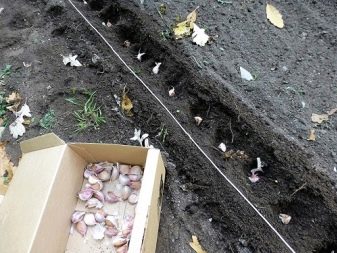
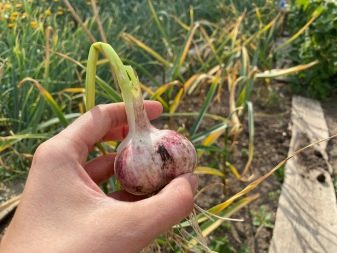
Timing
To get the desired result from growing, you must adhere to certain deadlines. They are different for each region, but there are several general rules. They must be observed regardless of weather conditions. Spring planting is started only after the soil warms up to 4-6 degrees Celsius. In March, the return of winter frosts is possible, so you need to carefully monitor the beds. Some gardeners adhere to the lunar calendar, which indicates the exact dates. At the same time, it is recommended to simultaneously monitor forecasts of weather forecasters.
The deadlines are approximate and should be adjusted as necessary. For example, cold weather may drag on or the rainy season will not allow the site to be properly prepared. Even if the plant is planted on time, the crop can die due to sudden temperature changes or inappropriate weather conditions.
Snow is able to lie on the ground throughout the first month of spring, and snowfalls are possible in April and even in May (northern regions).

Middle lane and Moscow region
In areas located closer to the north, it is advisable to start work in the period from the second half of April to early May inclusive. In more southerly regions, the climate is milder, so the period is shifted from early April to early May.
Leningrad region
In this region, experts advise starting planting from the last days of April until the end of spring.
Siberia and the Urals
Most gardeners choose the period from the first days to mid-May, but if the climate allows, you can start work earlier, for example, in April. Before landing, you should familiarize yourself with the weather forecast for the next month or several weeks.
Central Black Earth Region
For this location, the best time is the end of March or the first half of April. A suitable climate should be established by this period.

Seat selection
Before starting planting work, you need to choose a site suitable for growing. An area well-lit by the sun, without stagnant water, is perfect for garlic. High beds are considered ideal. The acid reaction should be neutral. There are several ways to determine this indicator at home. If garlic grows in acidic soil, the yield will be significantly affected and the shelf life of the fruit will be reduced.
To lower the pH, dolomite flour and other components are added to the ground. Be sure to pay attention to the predecessors that previously grew in the selected area. The site is suitable if legumes, grains, cruciferous crops, as well as zucchini, squash and cucumbers were previously grown on it. You can plant a perennial plant after potatoes or strawberries, but at your own peril and risk.
Tomatoes, peppers, eggplants and various root vegetables (radishes, beets, carrots, etc.) are considered the worst predecessors.
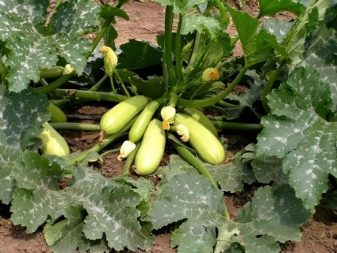

Preparation
Priming
Once the landing site is determined, you need to start preparing the territory. Work begins in the fall. The land is cleaned of plant debris, dug up and humus is introduced. If necessary, ash, slaked lime, dolomite flour and other components are mixed into the soil to reduce acidity. It is advisable to plant siderates in the fall, for example, lupine, mustard or rye. These plants will prepare the soil for planting, making it looser, and after they have rotted, nutrients will enter the soil. 7 days before planting, the beds are treated with a solution of pink manganese. This substance disinfects the earth and is capable of exterminating the larvae of harmful insects. First you need to prepare a concentrated composition of dark pink color, after which 100 milliliters of such a solution is mixed with 10 liters of pure water.
Instead of manganese, a special Fitosporin paste is suitable. Before use, 1 tablespoon of the drug is diluted in 10 liters of water. The resulting solution is enough to irrigate two square meters of the plot. You can use the paste after watering with manganese, but you will have to wait a couple of days. The composition of "Fitosporin" includes elements that fight against fungus and other pathogens. Garlic grows well in breathable and loose soil. To give the soil the desired structure, deoxidized peat, sand or agroperlite are added to it. All weeds on the site are removed immediately so that they do not fill the territory and do not take useful microelements from the ground.


Planting material
Before preparing garlic for planting, you need to know the technology of this process. Material preparation takes place in several stages. To begin with, the head of garlic is disassembled into separate teeth and peeled from a thin white skin. For planting, it is advisable to choose the largest garlic of the first row. Smaller prongs are grown for greens or simply eaten (used to prepare meals or snacks). Deformed or damaged planting material is discarded. It is possible to pickle garlic, but not necessary, since this plant has almost no pests. To get a rich harvest, you need to get healthy and large teeth.
A presentable appearance indicates a strong immune system. Garlic is processed if necessary to protect against parasites and diseases. For etching, a saturated saline solution is prepared, to which a little manganese powder is added to obtain a pinkish color. The teeth are immersed in the composition for an hour. You can also plant sprouted garlic. It is suitable for both spring and winter planting. Germinated prongs are selected for quick seedling. The teeth are dipped into a special biostimulator and wrapped in cloth. In this state, it is germinated for 10 days.
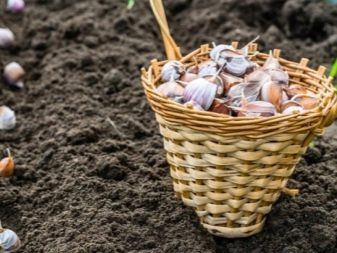
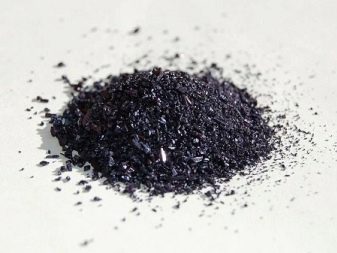
How to plant correctly?
In open ground or in greenhouses, the teeth are planted according to the following schemes (in one or two rows):
- the distance between the grooves should not be less than 15-20 centimeters, and between the teeth - 5-6 centimeters;
- when using large varieties, the gap is made larger, increasing it to 25-30 and 8-10 centimeters, respectively.
If the planting is thickened, it was not possible to grow large heads. The depth of embedding in the ground is 2-3 centimeters (the gap from the top of the clove to the ground surface). If you sow the plant deeper, its ripening time will increase markedly. The optimal number of teeth per square meter of the plot is 40-50 pieces.
Step-by-step instructions for landing.
- After the land is properly prepared, you need to start forming the grooves. Each hole is sprinkled with a small amount of ash. She will not only nourish the plant, but also protect it from insects and infections.
- Each clove is placed upside down. Then it is sprinkled with earth, which is carefully tamped.
- Immediately after planting, the beds are covered with mulch, using needles, grass or sawdust for this.
Note: for additional feeding, a portion of vermicompost is sent to each groove. It is an effective and safe organic fertilizer. You can also opt for complex feeding. They will ensure good growth and development.
The specified planting scheme is suitable both for growing garlic in the country for personal purposes, and on a commercial scale.
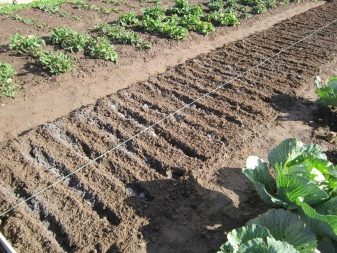
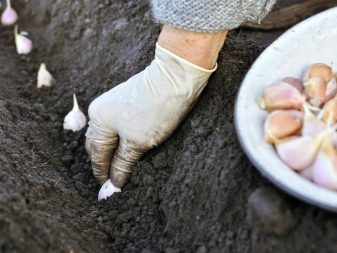
Follow-up care
It is not difficult to take care of garlic beds, but for a successful result, you should listen to the recommendations of specialists. Agricultural practices include the use of fertilizers, moderate watering, soil loosening, weeding, and preventive measures to protect plants. At the first stage of development, there is an active growth of green mass and root system. During this time, it is important to maintain the correct humidity level. The beds are watered once for 5-6 days, using 10 liters of settled water per square meter of the plot.
The land should not be allowed to dry out, even a short drought can cause the appearance of single-toothed bulbs. You can determine the lack of water by the first symptoms - the ends of the feathers begin to dry out and turn yellow. When the second half of the growing season begins, they switch to moderate watering, every 10-14 days, with the same water consumption. During the season of constant precipitation, additional irrigation is not carried out. Stagnation of moisture, which does not have time to be absorbed into the ground, causes the appearance and development of a fungus, and the crop begins to rot. In order not to spoil the garlic, artificial watering is stopped 3-4 weeks before its collection.
Garlic is fed according to the following scheme.
- To stimulate the growth of the green part of the plant, potash and nitrogen fertilizers are used 2-3 weeks after planting. Urea (based on a tablespoon of the substance per 10 liters of water), mullein (1: 10) and ammonium nitrate (2 tablespoons per 10 liters) will be effective. The beds are fertilized with a break of 10-14 days.
- In the process of fruit formation, feeding is carried out with superphosphate and potassium salt. The proportions are 15-20 grams and 10 grams per square meter. This phase can be determined by the appearance of 4-5 true leaves. A solution based on wood ash is also used. 150 grams of product is consumed per square meter of land. Re-feeding is performed no earlier than 10 days later.
Fresh manure cannot be used as fertilizer. It negatively affects garlic, making it loose and unstable to disease and fungus. Also, under its influence, the bulbs quickly deteriorate. Before the hot weather arrives, the plants are watered with a solution of ammonia (proportions - 2 tablespoons per 10 liters of water). This dressing will not only save plants from diseases, but also prevent yellowing of the plant mass. Ready-made biological products, such as "Alirin B" or "Gamair TM", will help to effectively cope with the fungus.In order to direct the forces of the plant towards the formation of bulbs, in mid-August, the feathers are folded and tied in a knot.


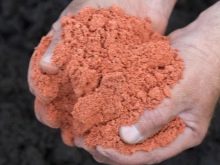













The comment was sent successfully.